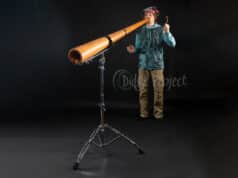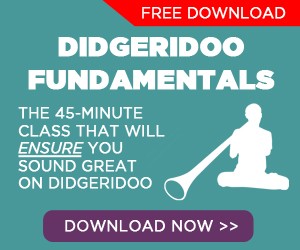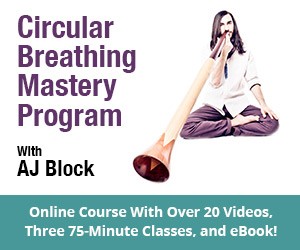Traditional eucalyptus didgeridoos are hollowed out by termites and sculpted into a playable instrument by a craftsman. This makes each instrument completely unique in sound and playability. Decorating a didgeridoo in the traditional way is also an art form that has many layers of deeper meaning. These 5 authentic Aboriginal Australian instruments have a lot in common and a lot of differences. The best way to compare them is to play them side by side.
The traditional eucalyptus didgeridoos shown in this video are available for purchase at https://www.didgeproject.com/store
Question of the day: What is your preferred type of didgeridoo? Do you like play on eucalyptus, agave, yucca, plastic, hemp, carbon fiber, local hardwoods, or other? Do you prefer authentic Aboriginal Australian instruments? Post your response in the comments section below.
Included in this video are the following five instruments:
- Classic Traditional Mago by Bob Burruwal
- Modern Painted Mago by Walter Blitner
- Ceremonial Ochre Painted Didgeridoo by Napurrawuy Wunungmurra
- Large Yidaki by Djudawit Munungurr
- Fast Playing Yidaki by Djalu Gurruwiwi (original) and Ben Hicks (touch-ups)













Very professionally done A.J.
I have an Agave Didge in the key of C that I enjoy playing but haven’t yet obtained an authentic yiddaka. Your video makes me want to check out the prices for the demos.
Hey there!
During a hike i found a nice birch stick and had that idea of learning the didge on one i ve made on my own. So i carried it all the way down, sliced, carved and sticked it together again. And here i am in the middle of the Alps learning from you! Keep up the good work!
Comments are closed.